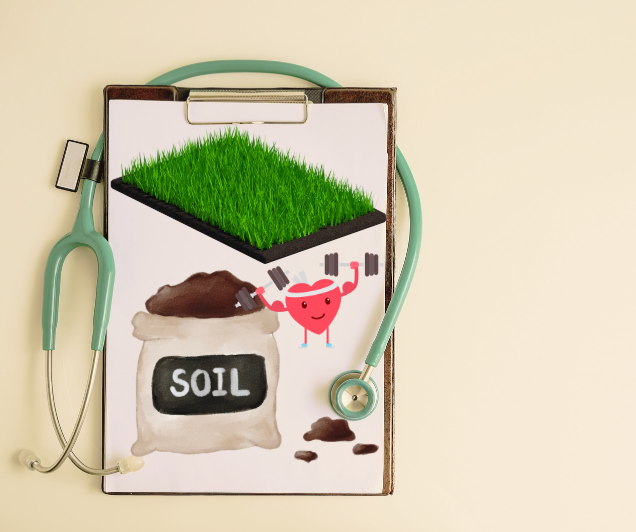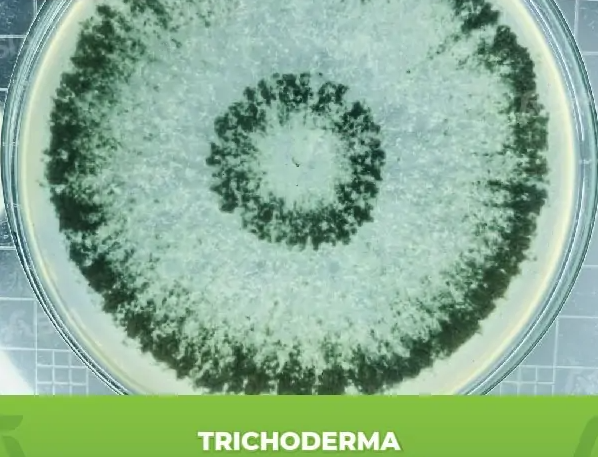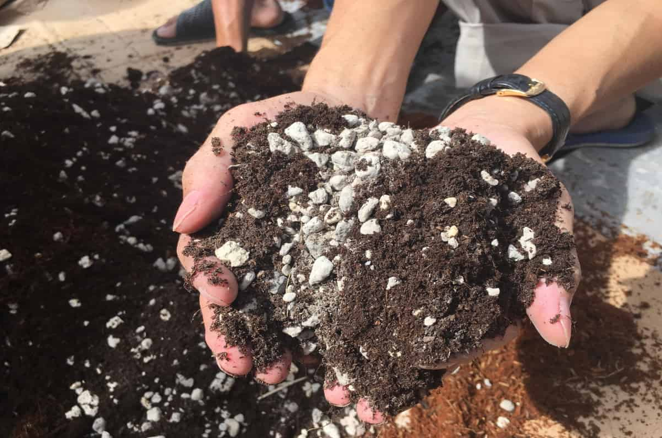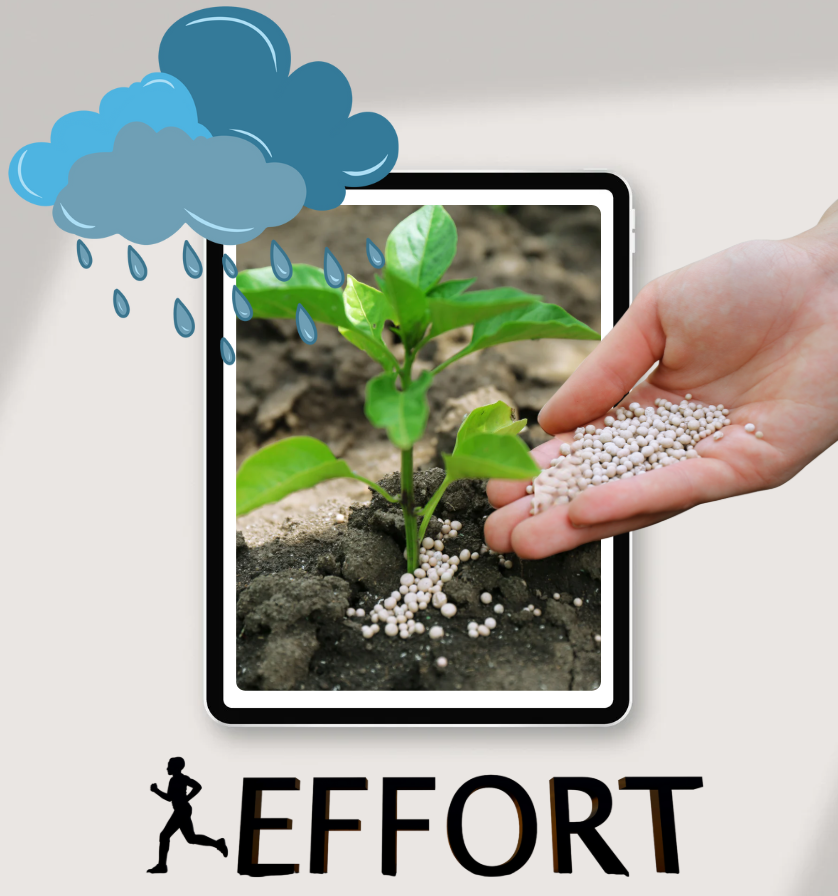
Effective Solutions for Treating Infected Soil – Essential Knowledge for Farmers
A comprehensive guide to treating infected soil using methods like soil solarization, crop rotation, beneficial microbes, and soil treatments. Improve soil health, eliminate pathogens, and boost crop productivity.
Table of Contents
- What Is Infected Soil?
- Signs of Soil-Borne Diseases
- Effective Solutions for Treating Infected Soil
3.1 Sun-Drying and Soil Rest
3.2 Crop Rotation and Diversification
3.3 Lime Application to Adjust Soil pH
3.4 Applying Well-Composted Organic Fertilizer and Microbes
3.5 Adding Beneficial Fungi – Trichoderma
3.6 Using Biological or Chemical Soil Treatments - Important Notes When Treating Infected Soil
- Conclusion
1. What Is Infected Soil?

Infected soil contains harmful pathogens such as:
- Fungi: Fusarium, Rhizoctonia, Pythium, Phytophthora
- Bacteria: Ralstonia, Agrobacterium, Erwinia
These pathogens can persist in the soil for years and easily reinfect crops in the next season if not properly eliminated.
2. Signs of Soil-Borne Diseases

- Plants wilt even when the soil is moist
- Roots are soft, blackened, and foul-smelling
- Basal stem lesions, galls, or sap leakage
- Slow plant growth, yellowing leaves from the base
- Recurring plant diseases in the same spots year after year
📌 Note: These symptoms are often mistaken for nutrient deficiency or foliar pests — thorough soil examination is essential.
3. Effective Solutions for Treating Infected Soil
3.1 Sun-Drying and Soil Rest

- Let soil rest for 15–30 days between crops
- Loosen topsoil and keep it moist to “lure” pathogens out, then eliminate them by leaving the soil bare
- Especially effective for vegetables, ornamentals, and potted fruit trees
3.2 Crop Rotation and Diversification

- Avoid planting crops from the same family repeatedly (e.g., tomato → chili → potato)
- Rotate with non-host crops like corn, legumes, or sunflowers
- Helps break the disease cycle and rejuvenate soil
3.3 Lime Application to Adjust Soil pH

- Use dolomitic lime or quicklime (CaO) 7–10 days before planting
- Raises soil pH and inhibits pathogen development (most fungi thrive in acidic soil)
- Dosage: 100–300 kg/ha depending on soil acidity
3.4 Applying Well-Composted Organic Fertilizer and Microbes

- Never use raw manure!
- Use thoroughly decomposed manure inoculated with EM or Trichoderma
- Improves soil structure, boosts beneficial microbes that outcompete pathogens
3.5 Adding Beneficial Fungi – Trichoderma

- Trichoderma spp. compete directly with harmful fungi and secrete natural antibiotics
- Apply by mixing with compost or directly into planting holes
- Best used at the beginning of each crop cycle
3.6 Using Biological or Chemical Soil Treatments

- Use only when infection is severe and plants are dying in large numbers
- Some recommended active ingredients:
- For bacteria: Validamycin, Kasugamycin
- For fungi: Fosetyl-Al, Metalaxyl
- ⚠️ Choose treatments that can be applied via root drench and do not disrupt soil pH or harm beneficial microbes
4. Important Notes When Treating Infected Soil
- Inspect irrigation systems to avoid introducing pathogens through contaminated water
- Remove infected roots and plant debris — never leave them to decompose in the field
- Avoid mixing contaminated soil with clean soil when filling pots or leveling fields
- Combine multiple methods for higher and longer-lasting effectiveness
5. Conclusion
Soil-borne diseases are a hidden yet long-term threat that can drain productivity if not properly addressed. Understanding the causes, symptoms, and applying the right soil restoration techniques is key to ensuring:
👉 Healthy plants – Resilient soil – Successful harvests.
Investing in proper soil treatment upfront saves money on fertilizers, pesticides, and labor later on.
Bình luận
Những bình luận mới nhất



